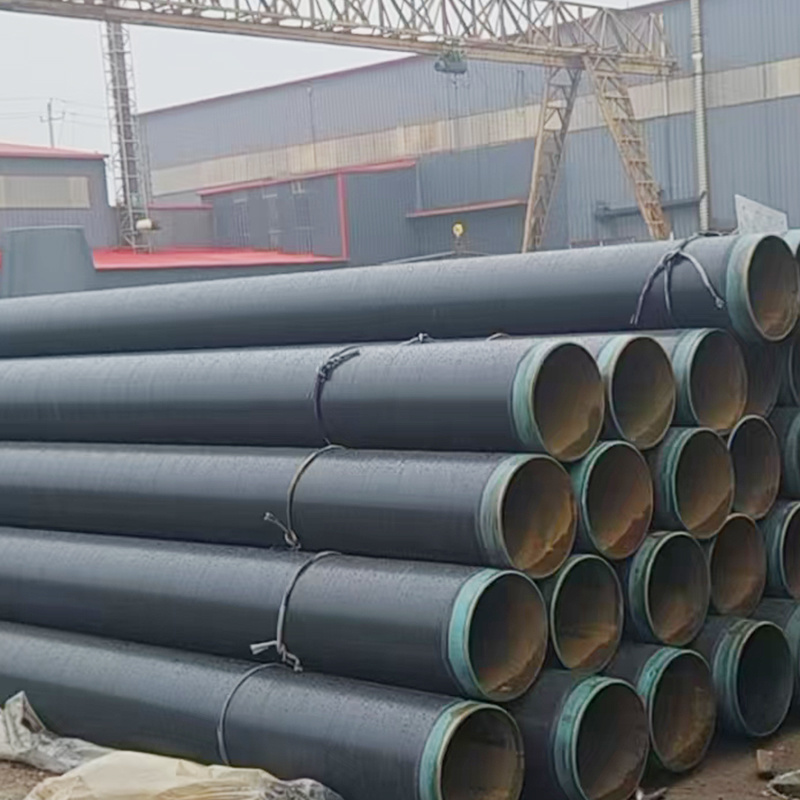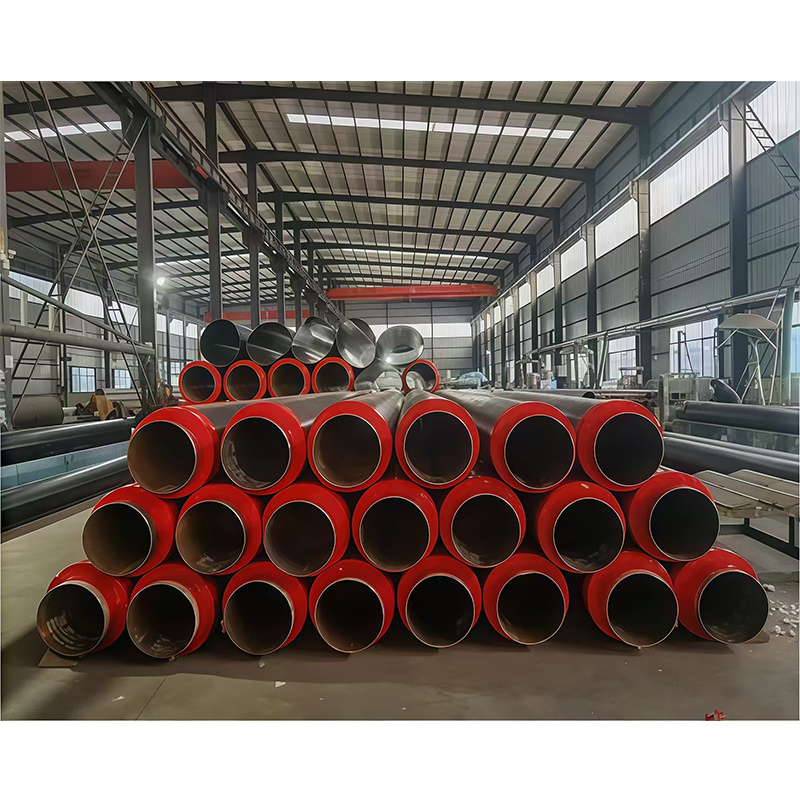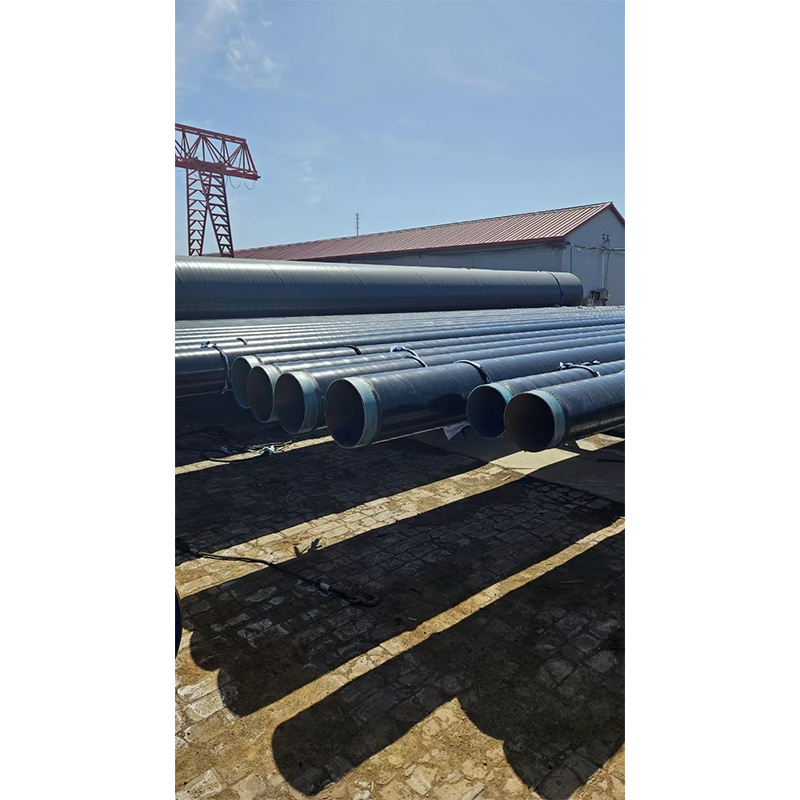Understanding Heat Insulated Steel Pipes: A Key Component in Modern Construction
May 20,2025
Heat insulated steel pipes are becoming increasingly essential in the construction sector, particularly in building and decorative materials. These pipes are designed to minimize heat transfer, ensuring that thermal energy is retained within the system they serve. This characteristic makes them highly effective for a wide range of applications, from heating systems to industrial processes where te

Heat insulated steel pipes are becoming increasingly essential in the construction sector, particularly in building and decorative materials. These pipes are designed to minimize heat transfer, ensuring that thermal energy is retained within the system they serve. This characteristic makes them highly effective for a wide range of applications, from heating systems to industrial processes where temperature control is critical.
One of the primary benefits of using heat insulated steel pipes is their energy efficiency. By reducing heat loss, these insulated pipes help maintain the desired temperature within a system. This is especially important in industries such as HVAC (Heating, Ventilation, and Air Conditioning), where maintaining consistent temperatures can lead to significant energy savings and lower operational costs. This efficiency is not only beneficial for the environment but also translates to economic advantages for businesses.
Moreover, heat insulated steel pipes are designed to endure harsh environmental conditions. The combination of steel's inherent strength and additional insulation ensures that these pipes can withstand extreme temperatures and pressures. This durability extends their lifespan, making them a cost-effective choice for long-term projects. In construction, this means fewer replacements and maintenance interventions, allowing for more consistent project timelines and budgeting.
In terms of installation, heat insulated steel pipes are versatile. They can be used in various settings, from residential to commercial buildings, and also in industrial applications. Their ability to be customized in terms of size and insulation thickness means they can cater to specific project requirements. This adaptability is a significant advantage for construction managers and architects who seek tailored solutions for their building designs.
Furthermore, the use of heat insulated steel pipes contributes to sustainability efforts in construction. With an increasing focus on reducing carbon footprints and promoting eco-friendly practices, these pipes play a vital role in enhancing the overall energy efficiency of buildings. By incorporating heat insulated steel pipes, builders can meet regulatory standards and certifications, promoting greener construction practices.
In conclusion, heat insulated steel pipes represent a crucial element in modern construction and building materials. Their benefits, ranging from energy efficiency and durability to versatility and sustainability, make them a preferred choice in various applications. As the construction industry continues to evolve, understanding the value and functionality of heat insulated steel pipes will empower clients to make more informed decisions, ultimately contributing to the success of their projects.
One of the primary benefits of using heat insulated steel pipes is their energy efficiency. By reducing heat loss, these insulated pipes help maintain the desired temperature within a system. This is especially important in industries such as HVAC (Heating, Ventilation, and Air Conditioning), where maintaining consistent temperatures can lead to significant energy savings and lower operational costs. This efficiency is not only beneficial for the environment but also translates to economic advantages for businesses.
Moreover, heat insulated steel pipes are designed to endure harsh environmental conditions. The combination of steel's inherent strength and additional insulation ensures that these pipes can withstand extreme temperatures and pressures. This durability extends their lifespan, making them a cost-effective choice for long-term projects. In construction, this means fewer replacements and maintenance interventions, allowing for more consistent project timelines and budgeting.
In terms of installation, heat insulated steel pipes are versatile. They can be used in various settings, from residential to commercial buildings, and also in industrial applications. Their ability to be customized in terms of size and insulation thickness means they can cater to specific project requirements. This adaptability is a significant advantage for construction managers and architects who seek tailored solutions for their building designs.
Furthermore, the use of heat insulated steel pipes contributes to sustainability efforts in construction. With an increasing focus on reducing carbon footprints and promoting eco-friendly practices, these pipes play a vital role in enhancing the overall energy efficiency of buildings. By incorporating heat insulated steel pipes, builders can meet regulatory standards and certifications, promoting greener construction practices.
In conclusion, heat insulated steel pipes represent a crucial element in modern construction and building materials. Their benefits, ranging from energy efficiency and durability to versatility and sustainability, make them a preferred choice in various applications. As the construction industry continues to evolve, understanding the value and functionality of heat insulated steel pipes will empower clients to make more informed decisions, ultimately contributing to the success of their projects.
TAG:
Related Posts
Exploring the Benefits of 3PE Pipeline Solutions in Oil and Gas
Exploring the Benefits of 3PE Pipeline Solutions in Oil and Gas
Table of Contents
1. Introduction to 3PE Pipeline Solutions
2. Understanding the Composition of 3PE Coating
3. The Importance of Corrosion Resistance in Oil and Gas
4. Cost-Effectiveness of 3PE Pipelines
5. Enhanced Durability and Longevity
6. Environmental Benefits of 3PE Pipeline Solutions
7. Installation and Mainten









